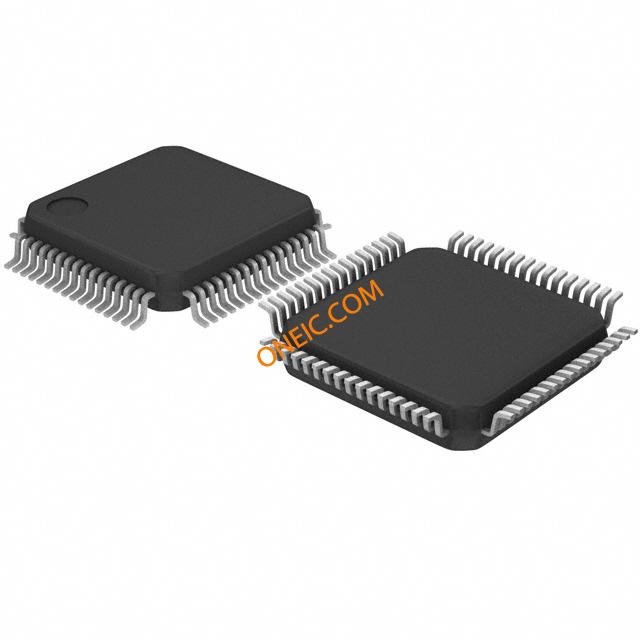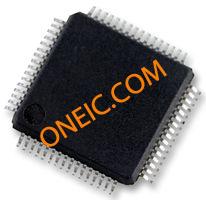STM32F100R4T6B
32-bit ARM Cortex M3 microcontrollers with 16KB flash memory
Manufacturer: stm
series introduction
# Introduction to the STM32F100R4T6B Product Series
## 1. Overview
The STM32F100R4T6B belongs to the STM32F100 value line microcontroller series developed by STMicroelectronics. These microcontrollers are designed to offer a cost - effective solution for a wide range of applications while still providing a good balance of performance, features, and power consumption.
## 2. Core and Architecture
### ARM Cortex - M3 Core
- The STM32F100R4T6B is based on the ARM Cortex - M3 32 - bit RISC core. This core is known for its high performance and low power consumption. It has a Harvard architecture with separate instruction and data buses, which allows for simultaneous access to instructions and data, enhancing the overall processing speed.
- The Cortex - M3 core also features a nested vectored interrupt controller (NVIC), which can handle a large number of interrupt sources with low latency. This is crucial for real - time applications where quick response to external events is required.
### Memory Architecture
- **Flash Memory**: It is equipped with 32 KB of embedded flash memory. Flash memory is non - volatile, which means it retains its data even when the power is turned off. This memory is used to store the program code of the microcontroller. Developers can write and erase the flash memory multiple times, making it suitable for firmware updates.
- **SRAM**: The microcontroller has 8 KB of static random - access memory (SRAM). SRAM is used for storing variables, data buffers, and the stack during program execution. It provides fast access times, allowing the CPU to quickly read and write data, which is essential for efficient program operation.
## 3. Peripherals
### General - Purpose Input/Output (GPIO)
- The STM32F100R4T6B has a set of general - purpose input/output pins. These pins can be configured as either inputs or outputs, and they can be used for a variety of purposes such as interfacing with external sensors, controlling actuators, or communicating with other devices.
- GPIO pins can be programmed to have different drive strengths and pull - up/down resistors, providing flexibility in different application scenarios.
### Timers
- **Advanced - control Timers**: There are advanced - control timers available, which can be used for applications such as motor control. These timers can generate high - precision PWM (Pulse Width Modulation) signals, which are commonly used to control the speed and direction of motors.
- **General - purpose Timers**: General - purpose timers are also included. They can be used for tasks like measuring time intervals, generating periodic interrupts, or implementing simple counting functions.
### Communication Interfaces
- **SPI (Serial Peripheral Interface)**: The SPI interface allows for high - speed serial communication between the microcontroller and other SPI - compatible devices such as sensors, displays, or memory chips. It uses a master - slave architecture, where the STM32F100R4T6B can act as either the master or the slave device.
- **I2C (Inter - Integrated Circuit)**: I2C is a widely used serial communication protocol for connecting low - speed devices. It uses a two - wire interface (SDA and SCL) and supports multiple slave devices on the same bus. This makes it suitable for connecting sensors, EEPROMs, and other low - power devices.
- **USART (Universal Synchronous/Asynchronous Receiver/Transmitter)**: The USART interface can be used for both synchronous and asynchronous serial communication. It is commonly used for communication with other microcontrollers, computers, or serial - based
Images for reference

64-LQFP

Image Preview

Image Preview